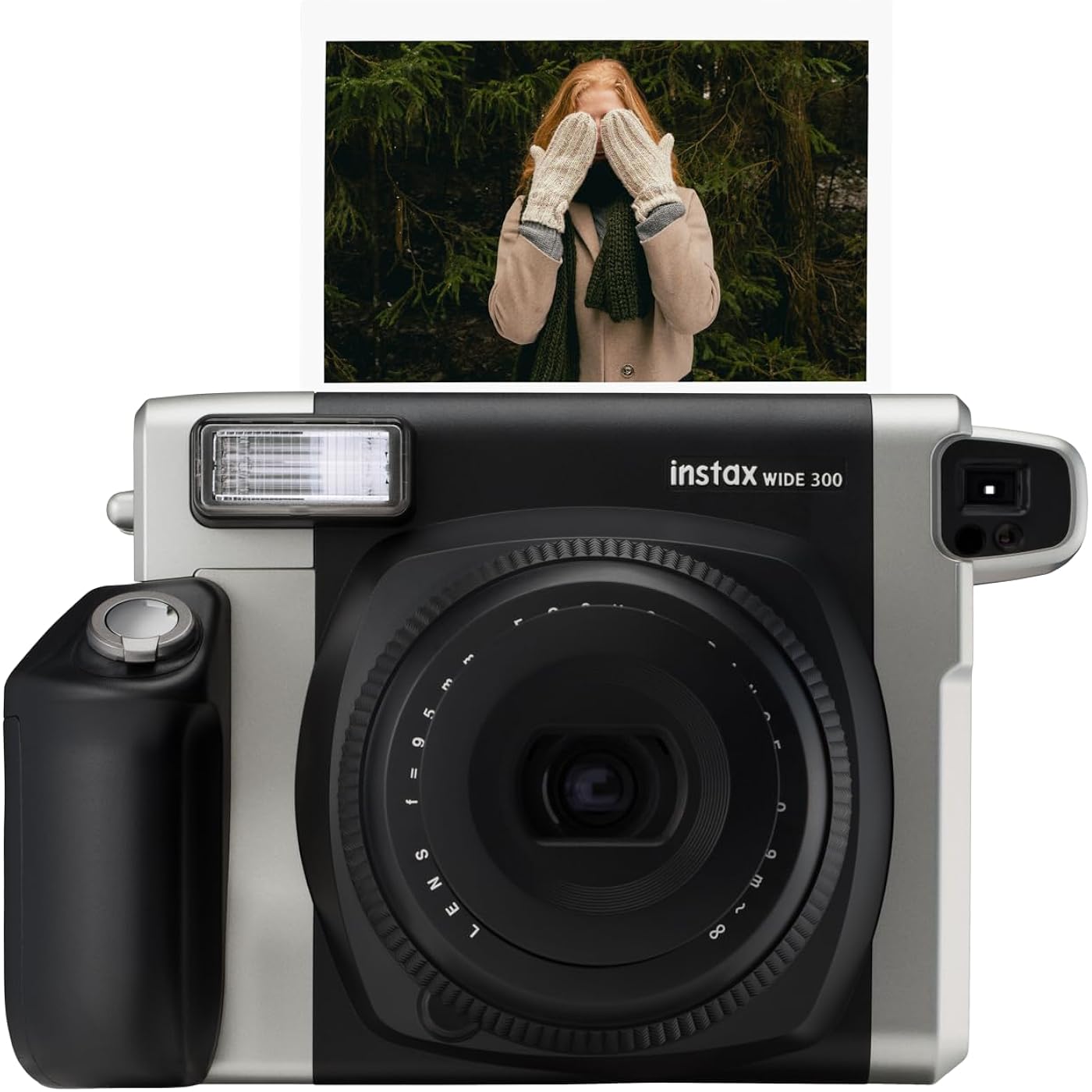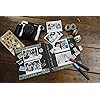







Notify me when this product is back in stock
Buy Now, Pay Later
- – Up to 36-month term if approved
- – No impact on credit
- – Instant approval decision
- – Secure and straightforward checkout
Payment plans are offered through our trusted finance partners Klarna, PayTomorrow, Affirm, Afterpay, Apple Pay, and PayPal. No-credit-needed leasing options through Acima may also be available at checkout.
Learn more about financing & leasing here.
Selected Option
This item is eligible for return within 30 days of receipt
To qualify for a full refund, items must be returned in their original, unused condition. If an item is returned in a used, damaged, or materially different state, you may be granted a partial refund.
To initiate a return, please visit our Returns Center.
View our full returns policy here.
Recently Viewed
Format: Mass Market Paperback, Unabridged
Features
- Automatic extending 95 millimeter f14 lens with two focus zones (0.9 to 3 meter and 3 meter to infinity)
- Optical viewfinder. Tri-pod socket. Four size AA 1.5 V alkaline batteries (Best with Polaroid AA batteries). Dimensions- (not including protrusions) 6.6 x 3.7 x 4.7 inches
- Picture size 62 millimeter 99 millimeter, close-up lens for shots up to 40 centimeter from the subject. Shutter release- Programmed electronic shutter release, 1/64 sec - 1/200 sec. Power supply- Four size AA 1.5 V alkaline batteries (LR6), capacity - 10 film packs (Based on our test conditions)
- Light and dark control to help add high and low-key effects in the picture. Fill-in flash by flash-on button
- Works with Fujifilm Instax Wide Film only - ISO800. Film size: 3.38 x 4.25(inches), picture size: 2.44 x 3.9 (inches)
Description
The Fujifilm Instax Wide 300 Instant Film Camera has many improved features such as tripod socket, real image finder and lens ring dial with focus zone setting. The Instax Wide 300 uses Instax Wide film for vivid, high-quality instant prints to take photos twice as wide as Instax Mini Film. This wide film format is suitable for instant photos at parties / school projects / crafts / business applications and much more. Instax Wide film captures and delivers vivid, high-quality prints in an instant. The accompanying close-up lens expands the range of photo shooting. Automatic flash for low-light shooting" optimizes the luminescence in accordance with the distance. Use backlighting to enhance your photos thanks to the "Fill-in flash by flash-on button. Exposure compensation (Lighten-Darken Control)" enables you to get just the right mood.Built into the Instax Wide 300 is a flash with automatic power settings and a fill flash mode. This complements the auto exposure settings to produce well-lit images. Exposure compensation is available from ±2/3 EV via a lighten-darken control for adjusting the shots based on the situation. Also, there is an LCD screen that displays number of shots remaining, the exposure compensation, and flash mode. Additional features of the camera include a film pack confirmation window to check and see if film is loaded and a tripod socket for when additional stability is needed. A close-up lens adapter is included for focusing as close as 15.5" from the subject, and the Instax Wide 300 runs on 4 AA batteries and comes with a strap.Features: Retractable 95mm lens features a fixed f/14 aperture with a construction of 2 components and 2 elementsWorks with ISO 800 Instax film Focusing ranges from 3.0 to 9.8' or 9.8' to infinity Lens ring dial for adjusting focus setting Electronic shutter release with speeds from 1/64 to 1/200 seconds Lighten- darken control exposure compensation with ±2/3 EVFlash recharge time of 0.2 to 6 seconds and red.
Brand: Fujifilm
Special Feature: color, digital-camera
Film Format Type: Instant
Item Weight: 2.1 Pounds
Item dimensions L x W x H: 8.26 x 5.7 x 5.74 inches
Included Components: Instax Wide 300 Camera
Model Name: Instax Wide 300 Camera
Film Color: Colored
Compatible Devices: Camera
Exposure Control Type: Automatic
Product Dimensions: 8.26 x 5.7 x 5.74 inches
Item Weight: 2.1 pounds
Item model number: Instax Wide 300
Batteries: 2 AA batteries required. (included)
Is Discontinued By Manufacturer: No
Date First Available: March 25, 2015
Manufacturer: Fujifilm
Frequently asked questions
To initiate a return, please visit our Returns Center.
View our full returns policy here.
- Klarna Financing
- Affirm Pay in 4
- Affirm Financing
- Afterpay Financing
- PayTomorrow Financing
- Financing through Apple Pay
Learn more about financing & leasing here.
Similar Products
Top Amazon Reviews



























